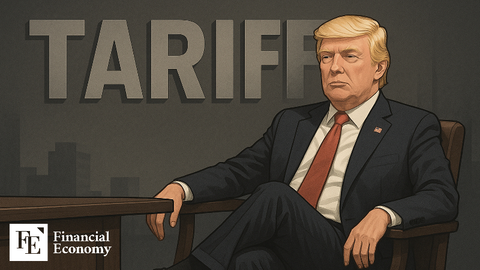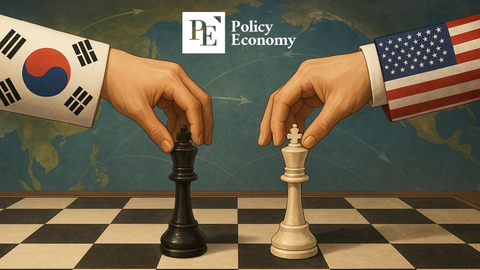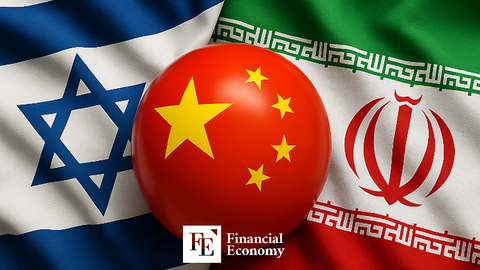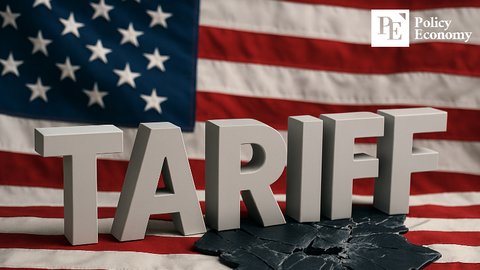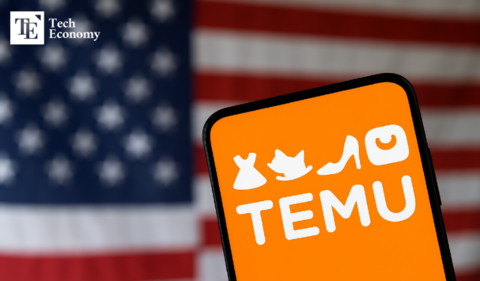Input
Changed
Key Nations Engaged in Talks During 90-Day Mutual Tariff Grace Period “Final Notice Will Be Issued Without Extension Once Grace Period Ends” South Korea Aims for Comprehensive Package Deal in July but Faces Negotiation Challenges
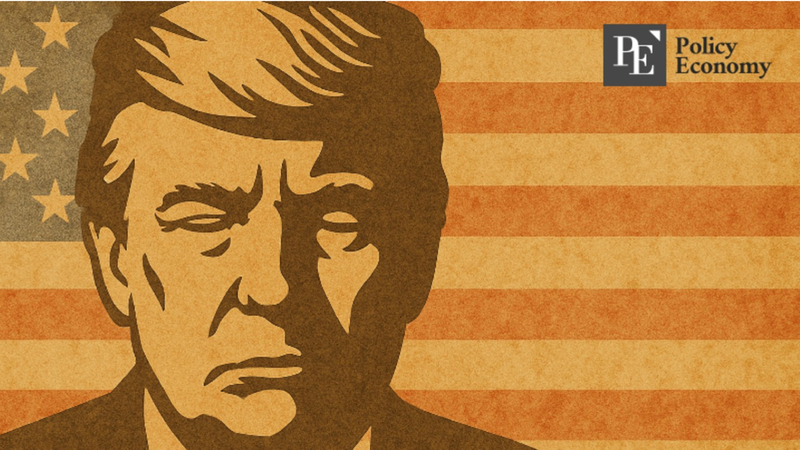
U.S. President Donald Trump has stated that there is no need to extend the deadline for mutual tariff negotiations, adding that he will send letters outlining trade deal terms to each country within a maximum of two weeks. In addition to the existing 50% tariffs on key home appliances such as washing machines and refrigerators, he also hinted at imposing additional tariffs on imported vehicles, on top of the current 25% rate, intensifying pressure on U.S. trade partners. With negotiations delayed due to the transition to the new administration, South Korea is racing to finalize a ‘July package’ deal, but the need to build negotiation leverage to keep pace with Washington’s accelerated timetable has emerged as a critical challenge.
Trump: “In Trade Talks with Japan, South Korea, and 13 Other Countries”
On the 11th (local time), U.S. President Donald Trump told reporters at the Kennedy Center in Washington, D.C., “I am willing to extend the negotiation deadline with our trade partners, but I don’t think it’s necessary.” He continued, “We are currently negotiating with a number of countries, and they all want to make deals with the United States,” emphasizing, “We are doing extremely well right now.”
President Trump officially announced his plan to impose mutual tariffs on U.S. trading partners on April 2. A week later, on April 9, the administration declared a 90-day grace period, lasting until July 8, during which individual negotiations with each country have been underway.
When asked which country—following the U.K. and China—might be next to reach a trade agreement, Trump responded, “We are currently in talks with about 15 countries, including Japan and South Korea,” but noted, “While the U.S. has trade relationships with over 150 countries, we can’t negotiate with all of them.”
The Trump administration concluded negotiations with the United Kingdom first on May 8, and is conducting separate talks with China, under a grace period set to expire on August 12. According to Bloomberg, Trump’s remarks signal a clear intent to accelerate trade deal finalizations as the grace period nears its end.
Trump also indicated that the moment for trading partners to decide whether to accept U.S. terms is fast approaching. “At a certain point,” he said, “we will send a formal letter to each country with our final proposal and ask them to decide whether to accept it.” While that moment has not yet arrived, he suggested the letters would be sent within 10 to 14 days. This is being interpreted as a final ultimatum for countries where negotiations have stalled, signaling that the U.S. expects concrete responses imminently.
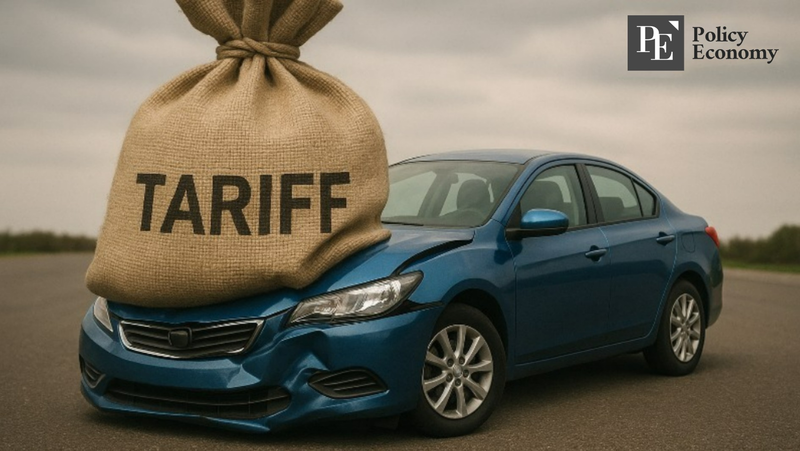
Trump Hints at Additional Tariffs on Imported Cars
With U.S. President Donald Trump effectively issuing a deadline for trade negotiations, South Korea, where talks have been delayed due to a new administration, now faces mounting pressure amid Washington’s fast-paced demands. The mutual tariff rate for South Korea stands at 25%, and if no agreement is reached before the grace period ends, tariff imposition will be unavoidable.
Back in April, following a call with then-Acting Prime Minister Han Duck-soo, Trump wrote on Truth Social about a “one-stop shopping” approach—a comprehensive deal combining trade negotiations with other issues such as defense cost-sharing. In response, the Korean government is working to finalize a “July package” to reach a bundled agreement, but delays in forming a high-level negotiating team may prove a significant obstacle.
Amid growing concerns over tariff talks, President Trump on the 12th further hinted at the possibility of raising tariffs on imported vehicles. Speaking at a White House bill signing ceremony, he stated, “Previously, to protect American workers, we imposed a 25% tariff on all foreign-made vehicles. Soon, we may increase that tariff further.” The Trump administration has applied a 25% tariff on all foreign-made vehicles entering the U.S. since April 3. Analysts view this as a pressure tactic aimed at forcing global automakers to expand their manufacturing presence in the U.S.
South Korea’s auto industry has already suffered from the 25% tariff, losing export competitiveness in the U.S. market. In April 2025, South Korea’s auto exports to the U.S. totaled USD 2.89 billion, a 20% decline compared to the same month the previous year. The U.S. remains a key export market for South Korea, accounting for nearly 50% of total automobile exports by value. According to the Bank of Korea, if current U.S. tariff policies persist, South Korea’s car exports to the U.S. could decline by 4% annually. Market experts estimate that an additional 10% tariff would slash Hyundai Motor Group’s operating profit by over USD 2.9 billion.
50% Tariffs Also Imposed on Home Appliances Like Washers and Refrigerators
Meanwhile, on the 12th, the U.S. Department of Commerce released an updated list of “steel derivative products” subject to tariffs in the Federal Register. Newly added items include refrigerators, dryers, washing machines, dishwashers, freezers, cooking stoves, ranges, ovens, and garbage disposals.
Previously, in March, the Trump administration imposed a 25% tariff on steel imports, extending that rate to steel-based derivative products based on their steel content value. As of April 4, tariffs on steel and its derivatives were raised to 50%.
The new products announced will be subject to steel tariffs starting on the 23rd. Prior to the announcement, the Department of Commerce had opened a submission process for additional product designations last month. U.S. steelmakers reportedly requested tariff protections for a wide array of items—including boilers, air conditioners, industrial robots, farming equipment, ships, furniture, and dumbbells—virtually all products containing steel. However, whether tariffs will actually be imposed on those broader categories remains uncertain.
With the U.S. increasing both tariff rates and the scope of covered goods—including electronics, machinery, auto parts, and household appliances—Korean companies are facing growing pressure. Samsung Electronics, though operating a plant in South Carolina, still exports a significant volume of its products from Mexico and South Korea, making it difficult to avoid tariff impacts. LG Electronics, which has the capacity to shift up to 20% of its U.S.-bound sales to local production, is planning a gradual transfer of its washer and dryer output to its Tennessee plant, in an effort to increase local manufacturing and mitigate tariff exposure.

